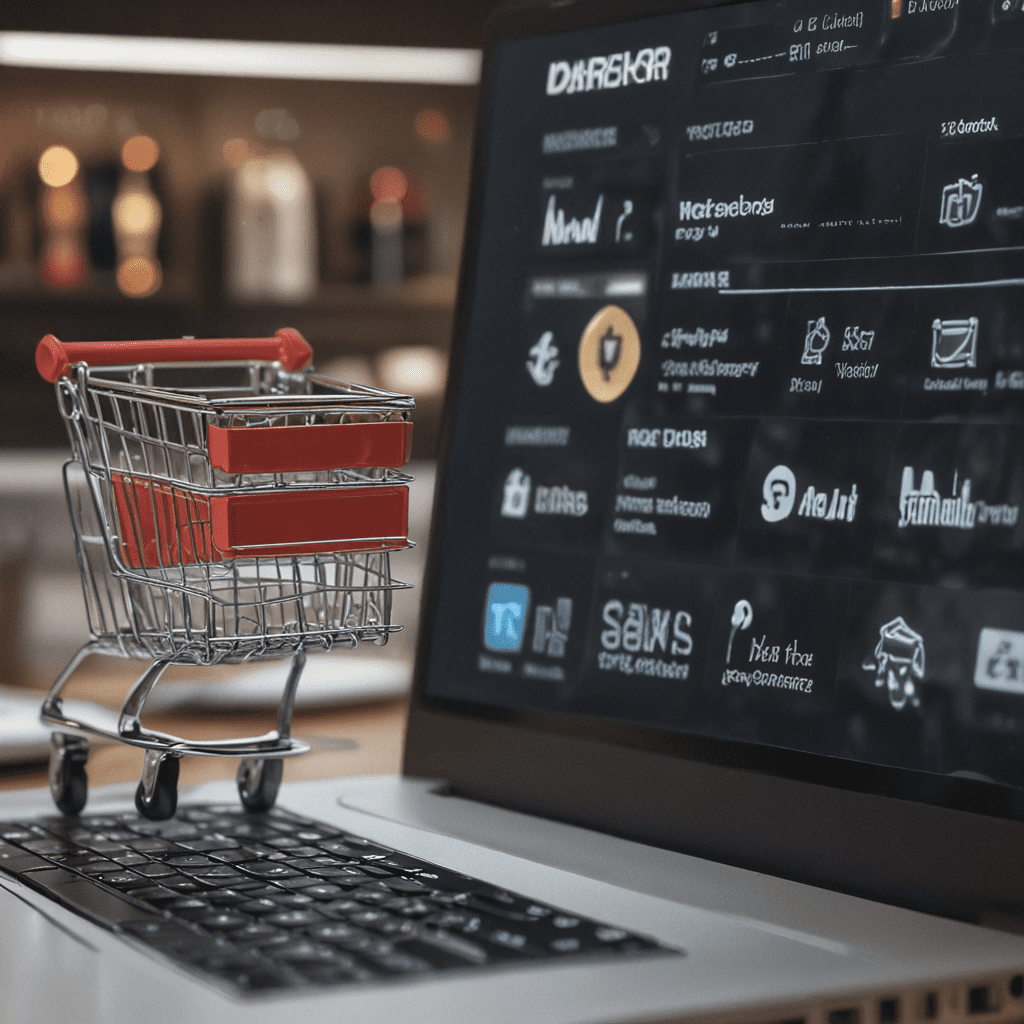
1. Introduction to SaaS for Nonprofit Communication and Engagement: Connecting with Stakeholders
In today's digital landscape, effective communication and stakeholder engagement are crucial for nonprofits to achieve their missions. SaaS (Software-as-a-Service) solutions offer a powerful tool for nonprofits to streamline their operations, enhance communication, and foster meaningful engagement with stakeholders, including donors, volunteers, staff, and the community.
2. Benefits of SaaS for Nonprofit Communication
SaaS solutions provide numerous benefits for nonprofit communication and engagement, including:
- Cost-effectiveness: SaaS eliminates the need for costly hardware and software installations, making it more accessible for nonprofits with limited budgets.
- Flexibility and scalability: SaaS platforms can be easily customized to meet the specific needs of an organization and scaled up or down as required.
- Enhanced collaboration: SaaS tools facilitate seamless communication and collaboration among staff, volunteers, and other stakeholders, regardless of location.
- Improved data management: SaaS solutions provide centralized data storage and management, enabling nonprofits to track stakeholder interactions and measure the effectiveness of their communication efforts.
- Increased efficiency: Automated workflows and self-service portals streamline processes, freeing up staff time for more mission-critical tasks.
3. Types of SaaS Solutions for Nonprofits
There are various types of SaaS solutions tailored to the specific needs of nonprofits, including:
- Communication and Collaboration: Tools for email marketing, social media management, instant messaging, and video conferencing.
- Donor Management: Solutions for tracking donations, managing donor relationships, and facilitating online giving.
- Volunteer Management: Platforms for recruiting, scheduling, and coordinating volunteers.
- Event Management: Software for planning, promoting, and managing events.
- Analytics and Reporting: Tools for measuring the effectiveness of communication campaigns and stakeholder engagement.
4. Choosing the Right SaaS Solution for Your Organization
Selecting the right SaaS solution requires careful consideration of factors such as:
- Organizational needs: Identify the specific communication and engagement challenges you face and the features that are essential for your organization.
- Target audience: Determine which stakeholders you need to engage with and the channels they prefer.
- Budget: Establish a realistic budget for your SaaS investment.
- Ease of use: Choose a solution that is user-friendly for staff and stakeholders.
- Integration: Ensure the SaaS platform integrates with your existing systems, such as CRM or accounting software.
5. Implementing a SaaS Solution for Nonprofit Communication
Effective SaaS implementation involves:
- Planning and stakeholder engagement: Get buy-in from key stakeholders and communicate the benefits of the new solution.
- Data migration: Plan for the seamless transfer of data from existing systems to the SaaS platform.
- Training and user adoption: Provide comprehensive training to ensure staff is proficient in using the SaaS solution.
- Monitoring and evaluation: Continuously monitor the effectiveness of the SaaS implementation and make adjustments as necessary to optimize stakeholder engagement.
6. Optimizing SaaS Usage for Effective Stakeholder Engagement
To maximize the benefits of SaaS for stakeholder engagement, nonprofits should:
- Use personalized communication: Tailor messages and content to the specific needs and interests of different stakeholder groups.
- Leverage multi-channel communication: Utilize a variety of communication channels, including email, social media, text messaging, and video, to reach stakeholders on their preferred platforms.
- Encourage feedback and engagement: Create opportunities for stakeholders to provide feedback, ask questions, and participate in discussions.
- Use analytics to measure and improve: Regularly track key metrics, such as open rates, conversion rates, and engagement levels, to assess the effectiveness of communication efforts and identify areas for improvement.
7. Case Studies of Successful SaaS Implementations in Nonprofits
Numerous nonprofits have successfully implemented SaaS solutions to enhance communication and stakeholder engagement. For instance, the American Red Cross uses Salesforce to manage donor relationships and track volunteer activities, resulting in increased donations and volunteer retention. Habitat for Humanity International implemented Microsoft Dynamics 365 to streamline operations and improve collaboration, leading to greater efficiency and effectiveness in serving communities.
8. Best Practices for Nonprofit Communication and Engagement with SaaS
Best practices for effective nonprofit communication and engagement with SaaS include:
- Establish clear communication goals: Define the desired outcomes of your communication efforts and tailor your strategies accordingly.
- Use a consistent brand voice: Maintain a consistent tone, style, and visual identity across all communication channels to build brand recognition and trust.
- Be transparent and authentic: Build trust by being open and honest in your communication, acknowledging challenges and celebrating successes.
- Foster a sense of community: Create opportunities for stakeholders to connect with each other and share ideas, fostering a sense of belonging and involvement.
9. Future Trends in SaaS for Nonprofit Communication
The future of SaaS for nonprofit communication holds exciting developments:
- Artificial intelligence (AI): AI-powered tools will enhance personalization, automate tasks, and provide data-driven insights to improve communication effectiveness.
- Integrated platforms: SaaS solutions will increasingly integrate with other platforms, such as CRM and marketing automation systems, providing a comprehensive view of stakeholder interactions.
- Mobile-first design: With the growing use of mobile devices, SaaS solutions will prioritize mobile-first design to ensure accessibility and engagement on the go.
10. Conclusion: The Power of SaaS for Nonprofit Communication and Stakeholder Engagement
SaaS solutions have revolutionized the way nonprofits communicate with and engage their stakeholders. By streamlining processes, enhancing collaboration, and providing valuable insights, SaaS empowers nonprofits to build stronger relationships, increase impact, and drive positive social change. As technology continues to evolve, SaaS will remain a vital tool for nonprofits seeking to maximize their communication effectiveness and achieve their missions.
FAQ
Q: What is the cost of SaaS solutions for nonprofits?
A: The cost of SaaS solutions varies depending on the features, number of users, and level of support required. Many providers offer tiered pricing options and discounts for nonprofits.
Q: How can nonprofits ensure data security when using SaaS solutions?
A: Look for SaaS providers that prioritize data security and meet industry standards such as ISO 27001 and GDPR compliance. Implement strong access controls, regularly update software, and provide cybersecurity training for staff.
Q: How can nonprofits measure the ROI of SaaS investments?
A: Quantify the benefits of SaaS solutions by tracking metrics such as increased donor retention, volunteer engagement, and cost savings. Use data analytics to compare results before and after SaaS implementation and demonstrate the return on investment.


